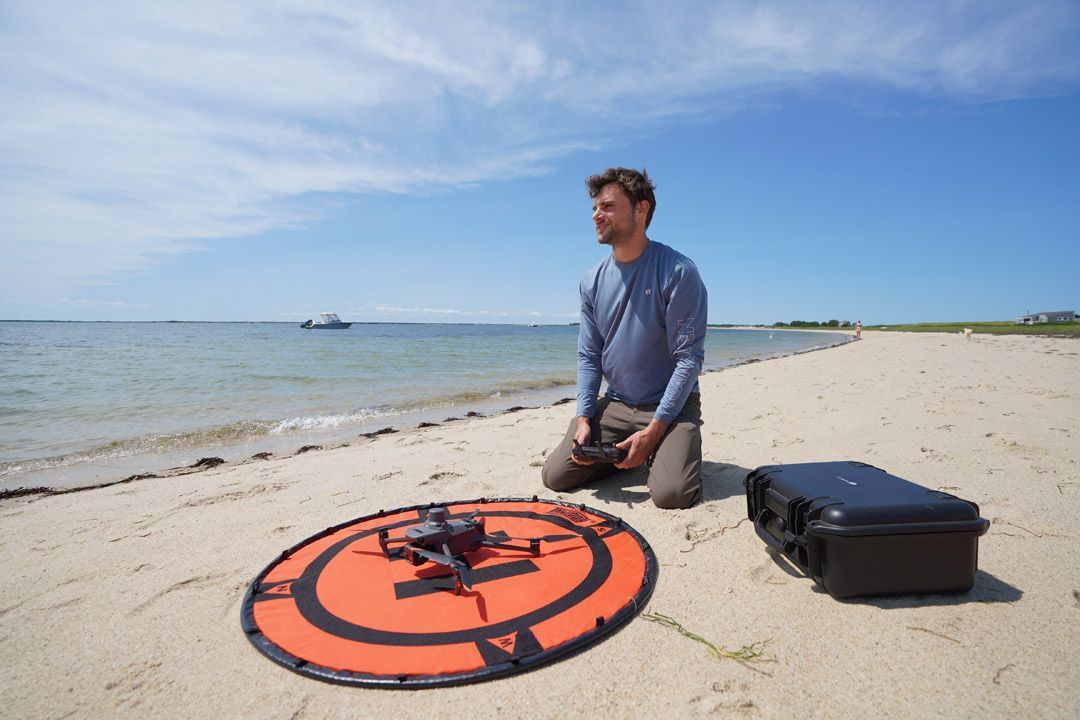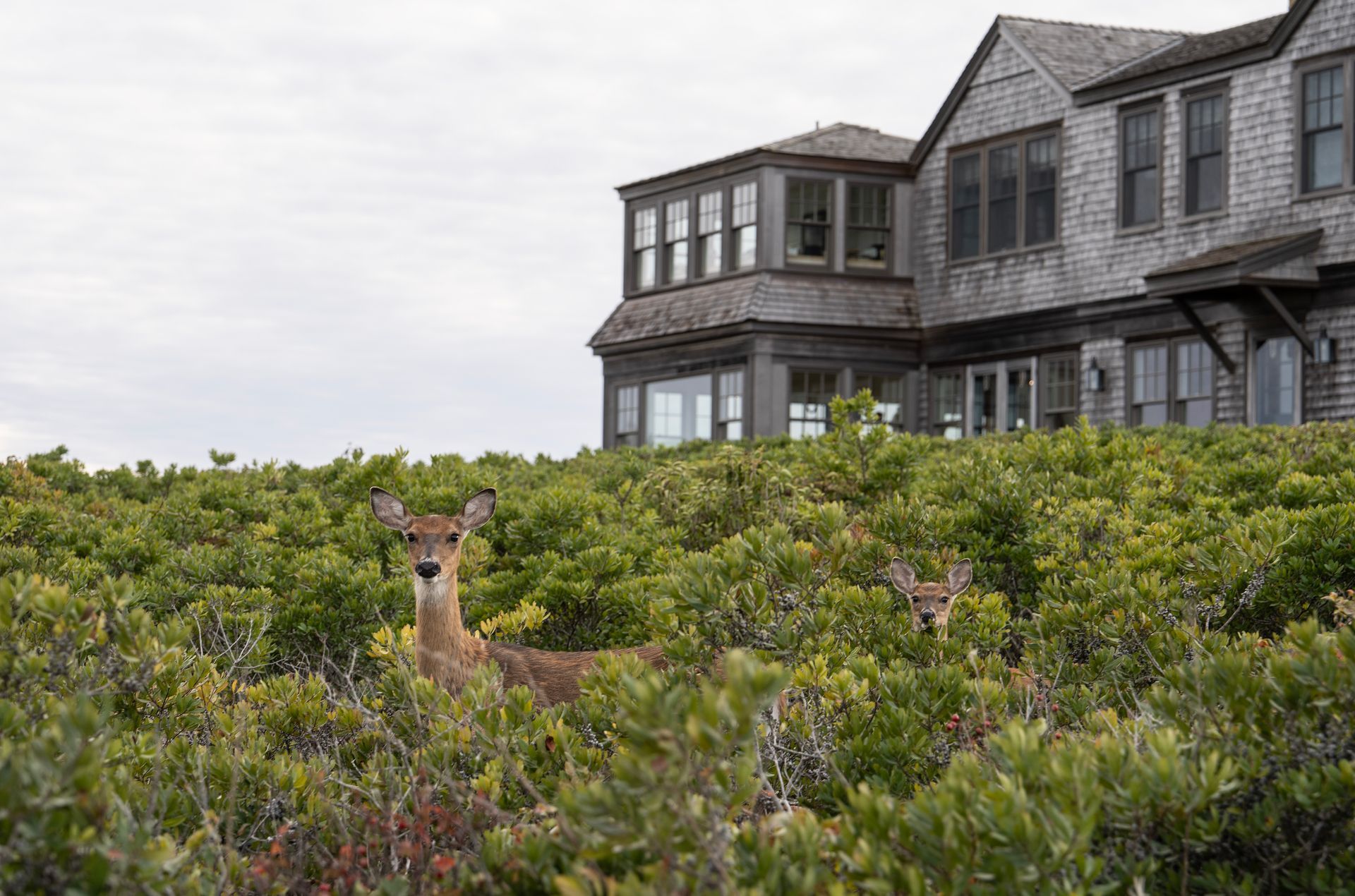Diving Beneath the Surface
The Nantucket Biodiversity Initiative's groundbreaking research
Written by Madeline Bilis
Since launching in 2004, the Nantucket Biodiversity Initiative (NBI) has funded more than $150,000 in local biodiversity research. Larger groundbreaking studies to come out of its grant program range from recording tick densities and cataloging tidal marsh bird demographics to discovering more than 260 species of herbivorous insects not previously reported on Nantucket. The organization’s focus is broad, but there are two significant initiatives of particular interest.

TRACKING SHARK POPULATIONS OFF NANTUCKET
The subject of sharks is one that conjures up fear among many, but the fact is they are a vital part of the food chain and warrant protecting, not hunting. Lurking in the waters just off Great Point is a significant population of sharks—sandbar sharks, to be specific. “If you’ve swum off Eel Point or if you’ve swum off Coatue, you’ve swum with a sandbar shark and you just don’t know it,” says shark biologist Caroline Collatos.
You can rest easy knowing sandbar sharks aren’t a threat to humans. The species overall, however, is threatened—and Collatos is hoping to change that. Thanks to NBI grants—which she’s applied for and received for three years in a row—Collatos has been able to tag and closely monitor the activity of sandbar sharks off the coast of Nantucket. Ultimately, she’s working to save their population from further decimation.
Collatos, a Ph.D. student at UMass Boston who works with the New England Aquarium, personally fishes and wrangles each shark that she tags. From either a boat or the beach, she uses a shark rig that she’s built to affix tags to every fish. Each shark, once it’s measured, receives between one and three tags. First, an identification tag allows Collatos to record their size, sex, and age estimate to compile demographic data. Next, another tag operates much like the EZ Pass toll system, she explains, where it communicates with receivers placed around Nantucket Sound to track the sharks’ movements. Some sharks receive another tag that looks at the sharks’ energy expenditures “on a Fitbit level,” she says.
Collating the data points gleaned from the tags is an important step toward protecting the sharks. “This information has never been incorporated into shark assessments for population numbers or biodiversity,” Collatos says. “So a lot of fishermen know what they catch around Nantucket. But with this EZ Pass system, it’s another way for me to put a level of authentication around what these fish were doing on their own. So it’s answering the who, what, when, where and why around the island.”

MAPPING SCALLOPING HABITATS
Commercial fishing for bay scallops was once a booming industry up and down the East Coast. Today, Nantucket is the last remaining commercial bay scallop fishery in the world, though habitat loss is presenting a large hurdle to retaining the title.
To combat this, the Brant Point Shellfish Hatchery takes stock of Nantucket’s bay scallop population through dives each year. “They have a couple of staff members who will dive in, take pictures, count the scallops and get an idea of population numbers at specific places,” says Jacob Tinkhauser, who has a background in computer science. “This is, as you can imagine, really tedious. It takes a long time. It’s tiring. It’s resource-intensive.”
Tinkhauser hopes to make this process more efficient with his grant from the NBI—by taking aerial drone maps of the scallops’ habitats this fall. The maps will offer a snapshot into what’s occurring in the harbor over time, and which eelgrass habitats are particularly beneficial to bay scallops.
Tinkhauser plans to run his drone photos through a software program to process the images, which will then arrange them together into a comprehensive map. The program will be able to identify the dense areas of scallops; the hope is that density patterns will merge with areas rich in eelgrass. He’ll then hand the maps over to the hatchery and the Nantucket Shellfish Association, who will use them to strategize about where to release juvenile bay scallops into the water. The maps will also aid in identifying scallops that have been pushed onto the beach after storms in “strandings.”
“This is a small part to try to get a bird’s-eye view of what’s going on,” Tinkhauser says. “We want to use our limited resources effectively to redistribute the scallops and increase the survival rate to adulthood.”






